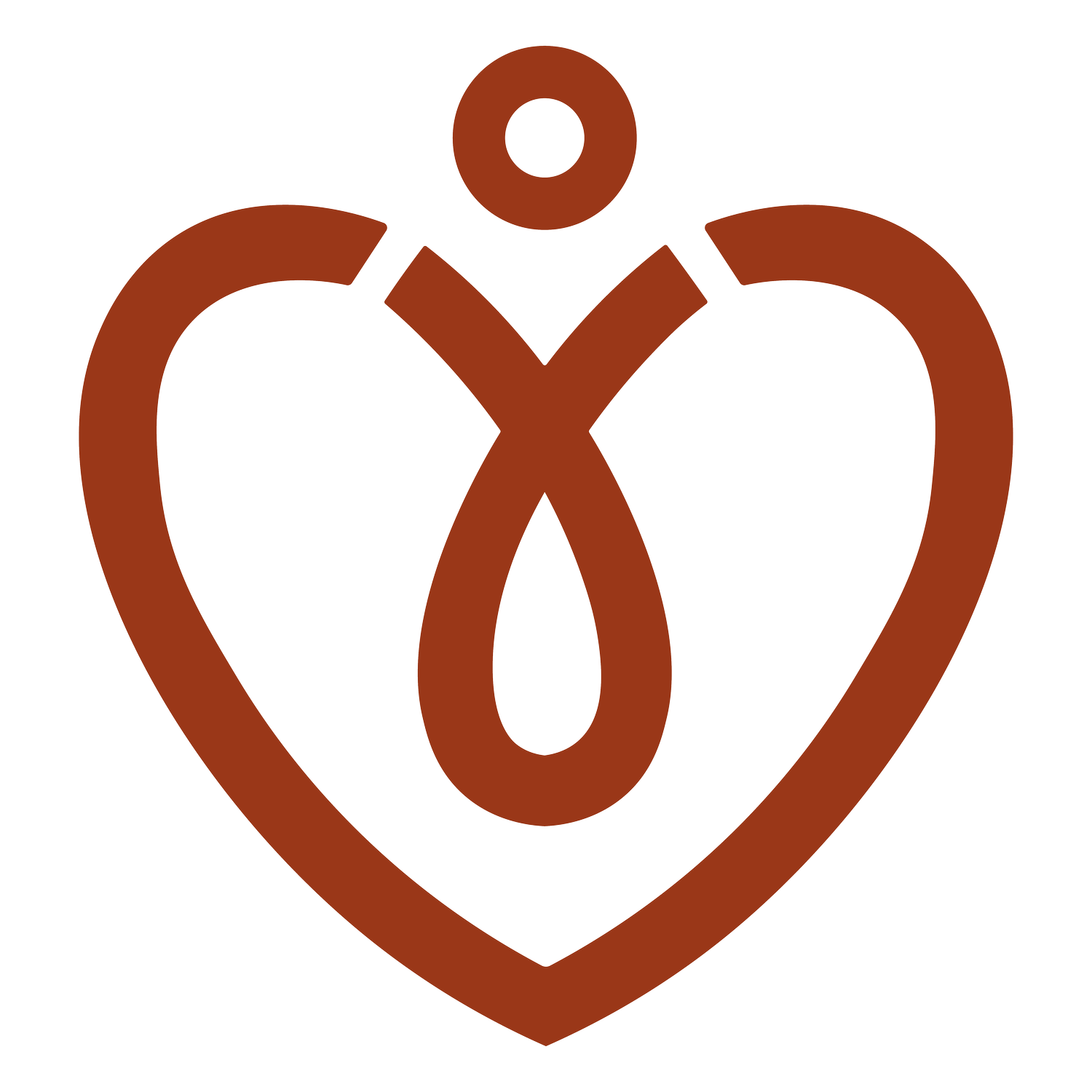More Than a Mirror: Understanding Body Dysmorphic Disorder (BDD)
by San Diego eating disorder therapist Dr. Marianne Miller, LMFT, offering body image and binge eating therapy throughout California, Texas, and Washington D.C.
Body image distress is something many people experience, whether you live in San Diego, California, NYC, or London, England, UK. Body Dysmorphic Disorder (BDD) is something deeper—and far more consuming. It’s a condition that often flies under the radar, particularly for fat folks, neurodivergent individuals, and humans whose appearance concerns aren’t taken seriously by medical or mental health systems. In this blog post, adapted from a recent Dr. Marianne-Land podcast episode, we’ll explore what BDD really is, how it overlaps with and differs from eating disorders like anorexia and bulimia, and how compassionate, trauma-informed treatment can help.
What Is Body Dysmorphic Disorder?
BDD is a mental health condition where a person becomes intensely preoccupied with one or more perceived flaws in their appearance. These “flaws” are either invisible to others or seem minor, but for the person experiencing them, they feel massive, overwhelming, and inescapable. The distress often leads to compulsive behaviors: mirror checking, skin picking, avoiding photos or social situations, comparing oneself to others, or seeking constant reassurance.
Unlike general body dissatisfaction, BDD is obsessive. Many people with BDD spend hours each day thinking about the perceived flaw. Although it’s often assumed that these concerns must relate to weight, they frequently don’t. BDD can focus on any body part—skin, hair, nose, jawline, or even symmetry. That’s part of what makes it so hard to identify.
How Common Is Body Dysmorphic Disorder?
As of 2025, researchers estimate that 2%–3% of the general population in the United States experiences BDD. But in cosmetic surgery or dermatology settings, that number can jump to 13%–15%. It’s especially underdiagnosed in men, neurodivergent folks, and those living in larger bodies—where appearance distress is often brushed off as insecurity, vanity, or simply part of being human.
Most people with BDD first experience symptoms in adolescence, but many go years without a diagnosis or any meaningful support. The shame is often so strong that people suffer silently, unsure if their distress “counts” or afraid of being judged.
Body Dysmorphic Disorder vs. Eating Disorders: What's the Difference?
BDD and eating disorders like anorexia and bulimia share overlapping features—body image concerns, shame, social withdrawal—but the core motivations are different. In anorexia, the focus is on fearing weight gain and controlling body size. In bulimia, cycles of bingeing and purging, or binge eating and other compensatory behaviors like overexercising or taking laxatives, are often driven by the same fear of gaining weight or feeling out of control.
In contrast, BDD is usually not about weight or food. It’s about one or more perceived defects that may have nothing to do with body size. Someone might fixate on the shape of their nose, the texture of their skin, or the “unevenness” of their eyebrows.
Of course, these diagnoses can and do overlap. Many people with BDD also meet criteria for an eating disorder—and vice versa. That’s why it’s so important for eating disorder therapists to dig into what’s really driving the distress. Is it fear of gaining weight? Is it obsession with a specific feature? Understanding the underlying fear can guide treatment in the right direction.
Root Causes of Body Dysmorphic Disorder: Trauma, Culture, and Neurodivergence
BDD often develops in the context of early trauma, bullying, rejection, or environments where appearance is heavily emphasized. Many people remember being teased for a specific feature or being praised only when they looked a certain way. Others grew up in homes or cultures where beauty was tied to worth, success, or love.
For neurodivergent individuals, the picture can be even more complex. Sensory sensitivities, perfectionism, rigid thinking, and difficulty reading social cues can all contribute to obsessive worries about how one is seen. And in a world saturated with unrealistic beauty standards—especially ones that are rooted in anti-fatness, racism, ableism, and cisnormativity—it’s not surprising that many people internalize the belief that they are fundamentally flawed.
Effective, Compassionate Treatment of Body Dysmorphic Disorder
The most effective treatment for BDD is Cognitive Behavioral Therapy (CBT) adapted specifically for BDD. This includes Exposure and Response Prevention (ERP)—which helps people face triggering situations (like going out without makeup or not asking for reassurance) and learn that their distress can decrease without performing compulsive behaviors.
Other helpful approaches include:
Acceptance and Commitment Therapy (ACT), which teaches people to relate differently to distressing thoughts rather than trying to eliminate them.
Dialectical Behavior Therapy (DBT), especially when emotional dysregulation or self-harm is present.
Medication, typically SSRIs, which can reduce obsessive thoughts and improve daily functioning.
Motivational Interviewing (MI), to gently explore ambivalence about giving up appearance-focused coping strategies.
Healing from BDD means more than just reducing compulsions. It’s about building a life that isn’t controlled by mirrors, comparisons, or fear. It’s about separating self-worth from appearance and reconnecting with values that bring meaning—relationships, creativity, community, rest, joy.
You Are Not Alone
If you see yourself in any part of this post, know that you are not alone—and you are not broken. Whether your distress is tied to body dysmorphic disorder, binge eating, or some combination of both, you deserve support that affirms your body and your lived experience. BDD is not about vanity—it’s about pain. And that pain deserves care, not shame.
Work with Dr. Marianne Miller in Eating Disorder and Body Image Therapy in San Diego, Throughout California, Texas, and Washington D.C.
Find Top Binge Eating Support Whether You Live in San Francisco, NYC, Toronto, Ontario, Canada, or Birmingham, England, UK
💛 If binge eating is part of your experience and you're looking for support in a compassionate, fat-affirming space, check out my Binge Eating Recovery Membership. You'll find tools, community, and guidance to help you heal in a way that honors your body and your truth.




